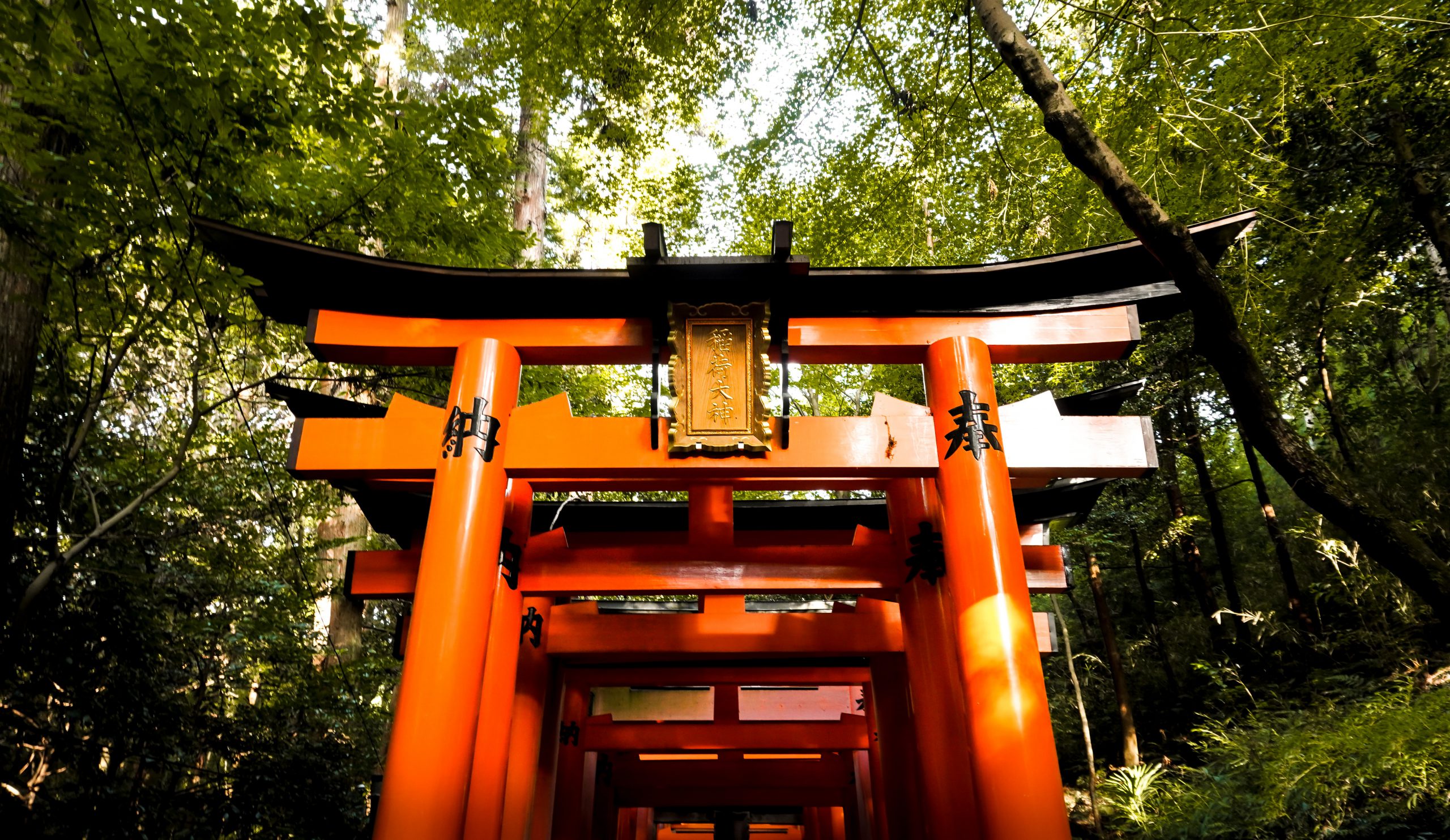Shinto shrines in Japan are respected places of worship, rich with spirituality and superstition. Here you can witness age-old rituals and discover beliefs that are the foundation of many Japanese customs. No matter what corner
Shinto shrines in Japan are respected places of worship, rich with spirituality and superstition. Here you can witness age-old rituals and discover beliefs that are the foundation of many Japanese customs.
No matter what corner of Japan you’re exploring you’re more than likely to stroll past a few Shinto shrines, completely in awe. Each shrine feels like a world onto itself, full to the brim with spirituality, history, ritual, and an atmosphere quite unlike anywhere in the everyday.
What is a Shinto Shrine? How’s it Different from a Temple?
A Shinto Shrine is the main physical place of worship for followers of the Japanese Shinto religion. The name of a shrine is typically followed by the suffix jinja. Its main role is to be the home to one or sometimes more kami spirits, worshiped in the Shinto religion. Shrines often have honden, which is like the main room where the kami lives. In some cases a honden is not required: in a shrine located on a mountain for example it is often the mountain itself that functions as the place of worship.
What Shinto Shrines do share, in contrast to Buddhist temples, are the instantly recognizable torii gates. These simple structures, usually made in wood, denote the boundary between the sacred world within the shrine and the profane world without. Buddhist temples often have an entrance gate too, but these sanmon, as they are known, tend to be much more elaborate, almost like a temple by themselves.
Up until the tail-end of the Edo period (1868), Buddhism and Shinto were essentially entwined. Both temples and shrines were typically used for the same purpose and Shinto kami were considered manifestations of buddhas. When the Meiji Government came to power, Shinto was edged into a more politicized role, representing a more natively Japanese religion in contrast to the perceived foreignness of Buddhism. Today there is a clearer distinction between the two religions than in the past, which is reflected in the experience of a Shinto shrine.
There are thousands upon thousands of shrines and temples across Japan, and it’s unlikely that you’ll ever be able to visit all of them. Here’s a small guide to some of the most highly recommended.
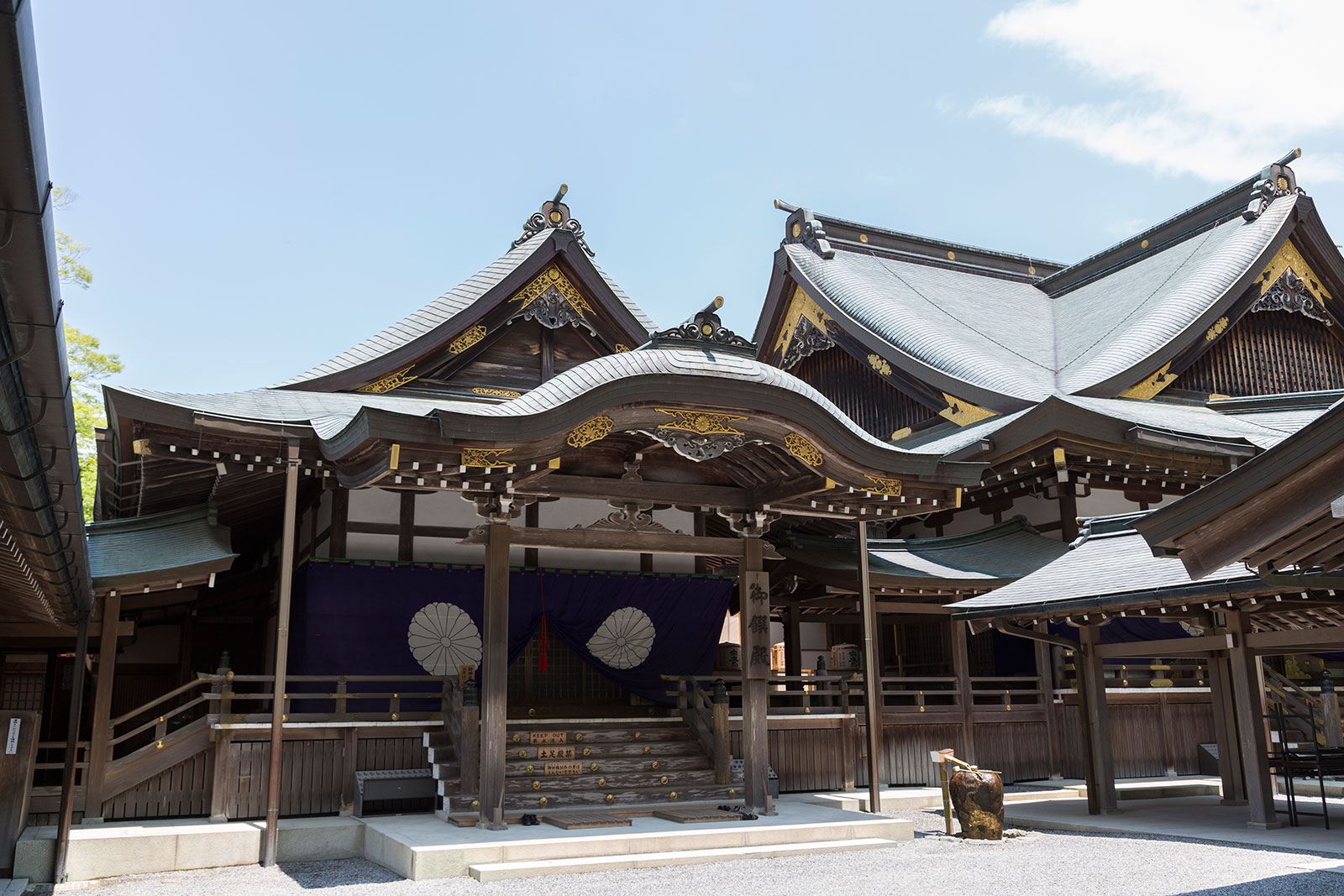
1. Ise Grand Shrine
Located in the city of Ise in Mie Prefecture, the Ise Grand Shrine is considered the central shrine of the Shinto religion. This sprawling shrine complex is one of the nation’s most expensive buildings in existence. What’s particularly fascinating about this site is that every 20 years the shrine is dismantled to be rebuilt in its entirety right next door. This revitalizing effort has been going on since the 700s, most recently in 2013 making the current buildings the 62nd incarnation.
While you’re visiting the shrine, Ise-Shima National Park is also a must-visit. Ago Bay, about 30 minutes to the south is particularly beautiful, dotted with hundreds of forested islands. You could spend a night or two at the Shima Kanko Hotel, which is where all the G7 heads of state stayed for their 2016 summit and offers some of the best views, and service, in the area.
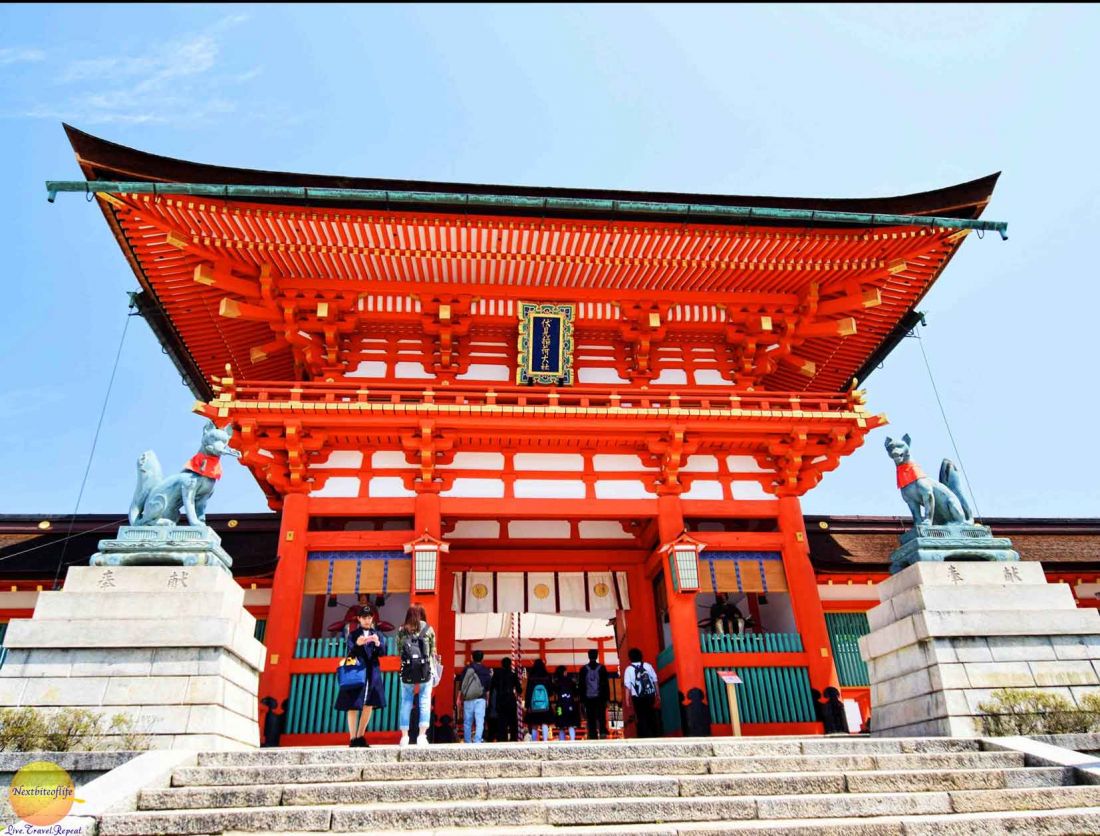
2. Fushimi Inari in Kyoto
Head to Kyoto and chances are one of the main destinations on your itinerary will be Fushimi Inari Shrine. The shrine is most famous for its thousands upon thousands of vermillion torii gates that together make a network of tunnels weaving up towards the hill leading to the main temple site, many of the temple gates have been purchased by private donors.
Its fame is well-deserved but that does mean the shrine gets very busy at times, so avoid weekends and public holidays.
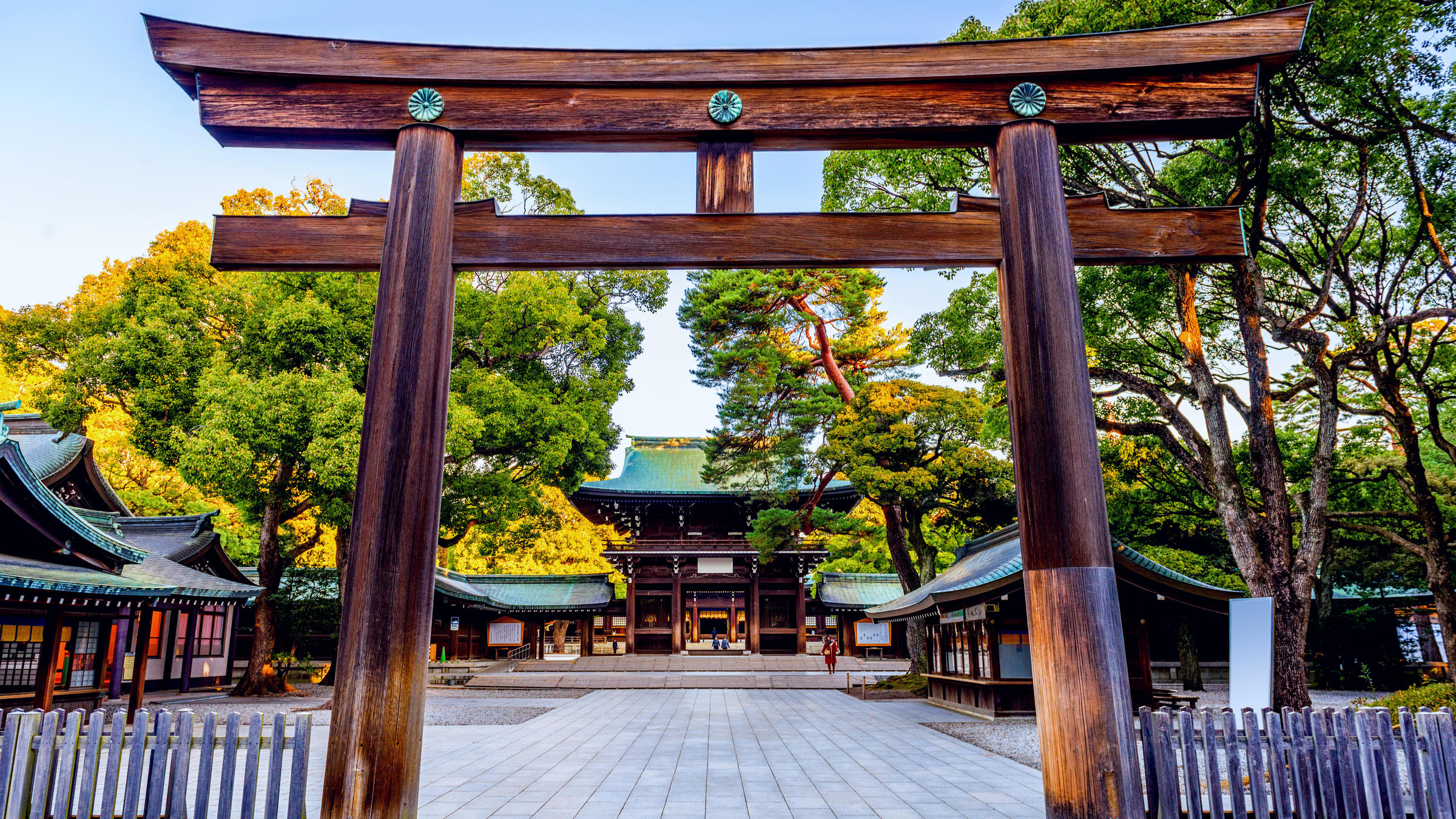
3. Meiji Jingu
Tokyo’s most iconic shrine, Meiji Jingu, was founded in 1920 in commemoration of Emperor Meiji and his wife, Empress Honten. It was completed six years after the passing of the empress and eight years after the passing of the emperor. Still, it remains a powerful symbol of a man considered the first emperor of modern Japan.
Nestled in the heart of vibrant Harajuku, the site is flanked on one side by the colourful tourist-populated street of Takeshita Dori and the city’s unofficial communal backyard Yoyogi Park. It’s amazing how tranquil the 10-minute walk from the gate to the shrine’s complex is, but it’s in large part thanks to the 100,000 trees that make up Meiji Jingu’s forest. It’s the most popular religious site in the country; in the three days during the New Year period, around three million people make their way to the site to pay their respects and pray for a lucky new year. Visit on the weekend, and chances are you’ll spot a traditional Japanese wedding in action.
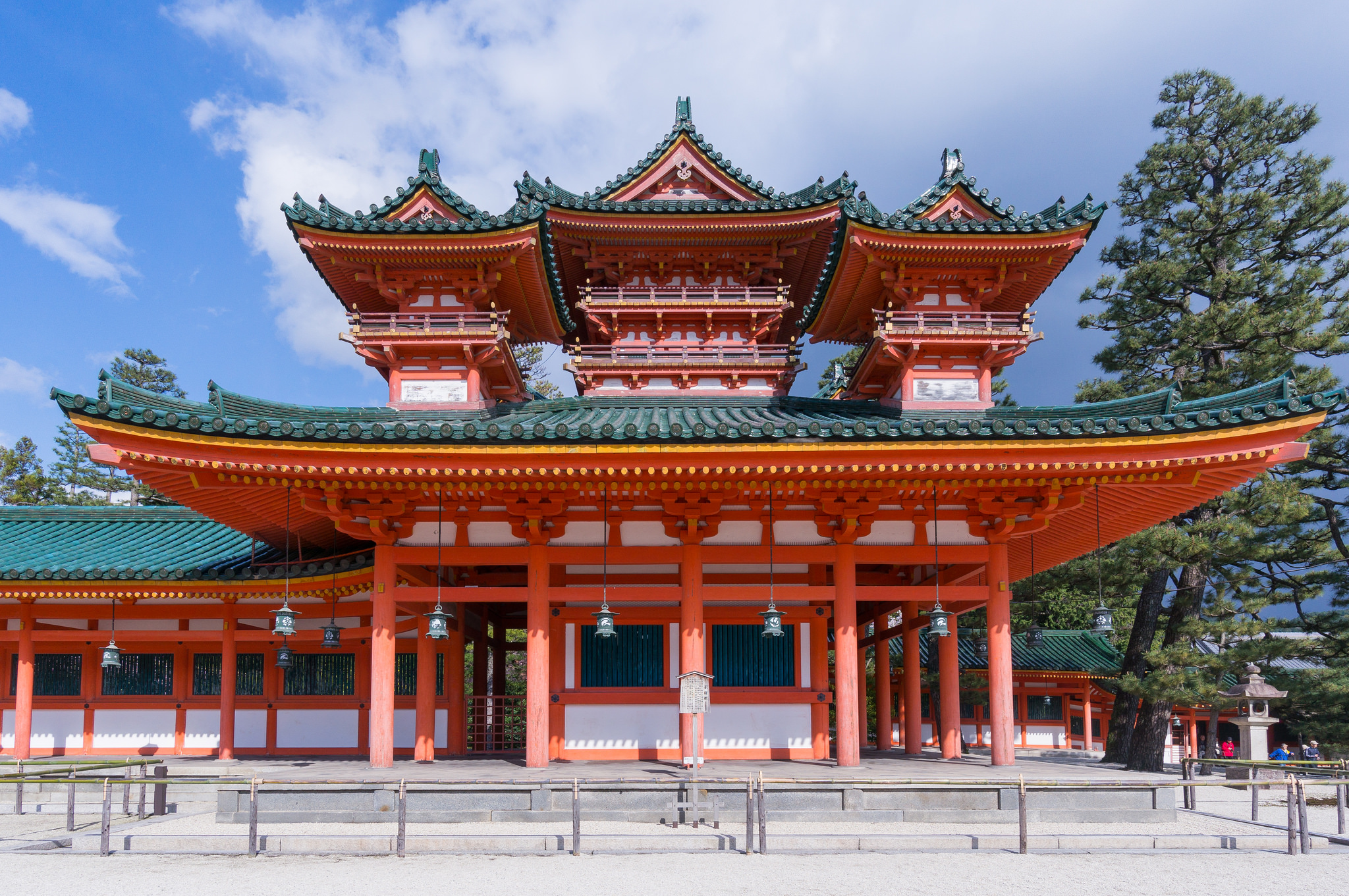
4. Heian Jingu Shrine
While it may be relatively young in comparison to some of the nation’s other sacred sites, Kyoto’s Heian Shrine is still one of its most striking and important. The shrine was built in 1895 as a commemoration of Kyoto’s 1100th anniversary as Japan’s capital (today, of course, it’s Tokyo). The shrine is dedicated to Emperor Kammu (737-806) and Emperor Komei (1831-1867), the first and last emperors who reigned from Kyoto.
The building was modelled after the ancient Imperial Palace from the Heian Period, but its surrounding area is just as impressive. The site is dotted by museums, weeping cherry trees, and a torii gate that simply is impossible to miss.
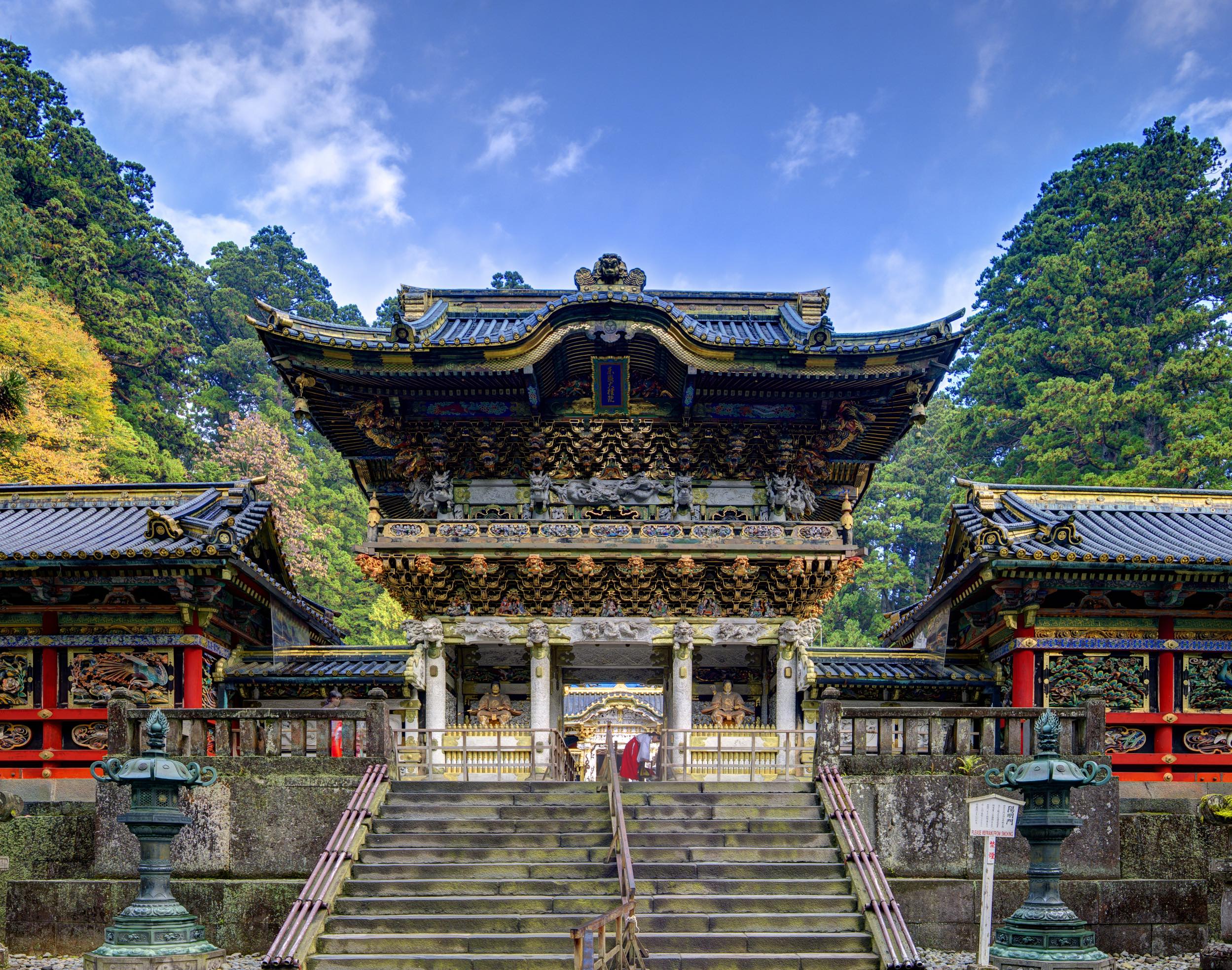
5. Nikko Tosho-gu
The symbol of Nikko’s spiritual magnetism, Nikko Tosho-gu is the final resting place of Tokugawa Ieyasu, the founder of the Tokugawa Shogunate. This feudal family ruled Japan for over two and a half centuries. Although the man which the shine honours is of great significance, the biggest draw of Nikko Tosho-gu is the lavish design of the shrine’s exterior.
Ultra-detailed finished in gold and embedded with fierce and powerful dragon heads; the shrine blends Shinto and Buddhist architectural elements to create an exterior quite unlike any other in the country. When visiting the shrine, a highlight is wandering around the sprawling grounds and exploring the storehouses and five-story pagoda that sits tall and proud in front of the main entrance gate.
Every shrine on this list has something that makes them stand out from the rest. Whether it’s a stunning location, outstanding architecture, historic significance, or cultural contribution, you’re sure to be mesmerized. Share any other shrines that you feel are worth visiting in the comments below.

